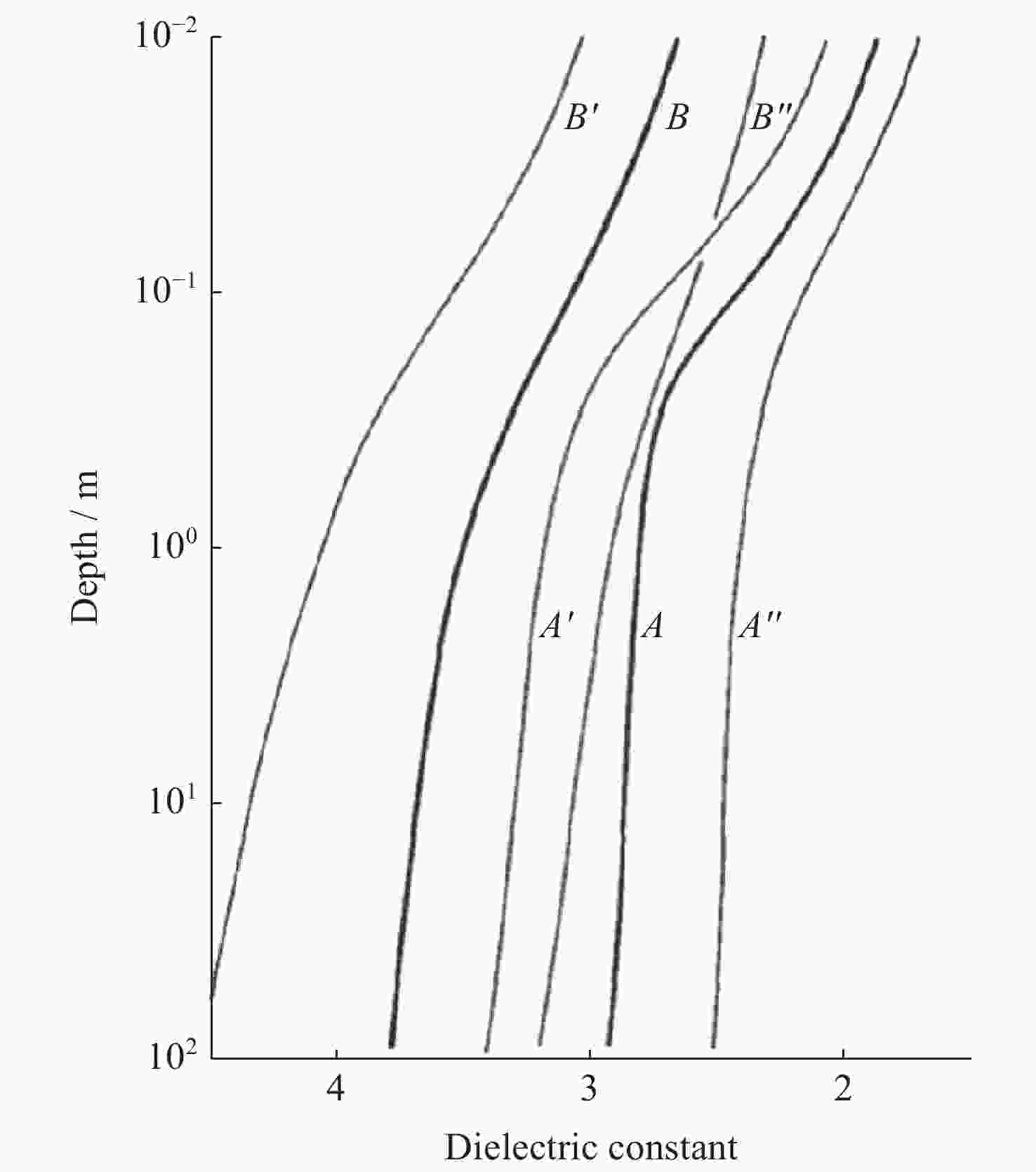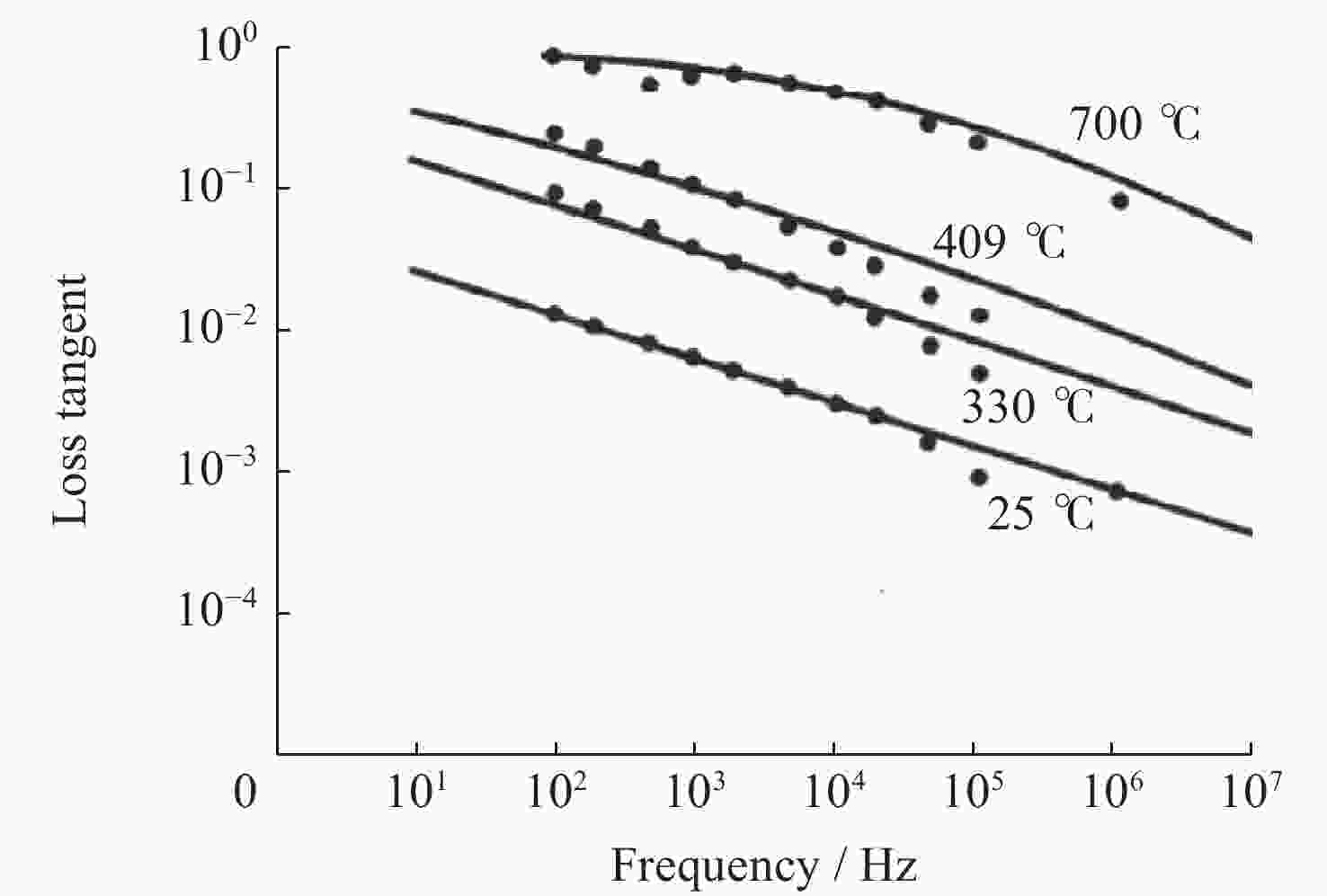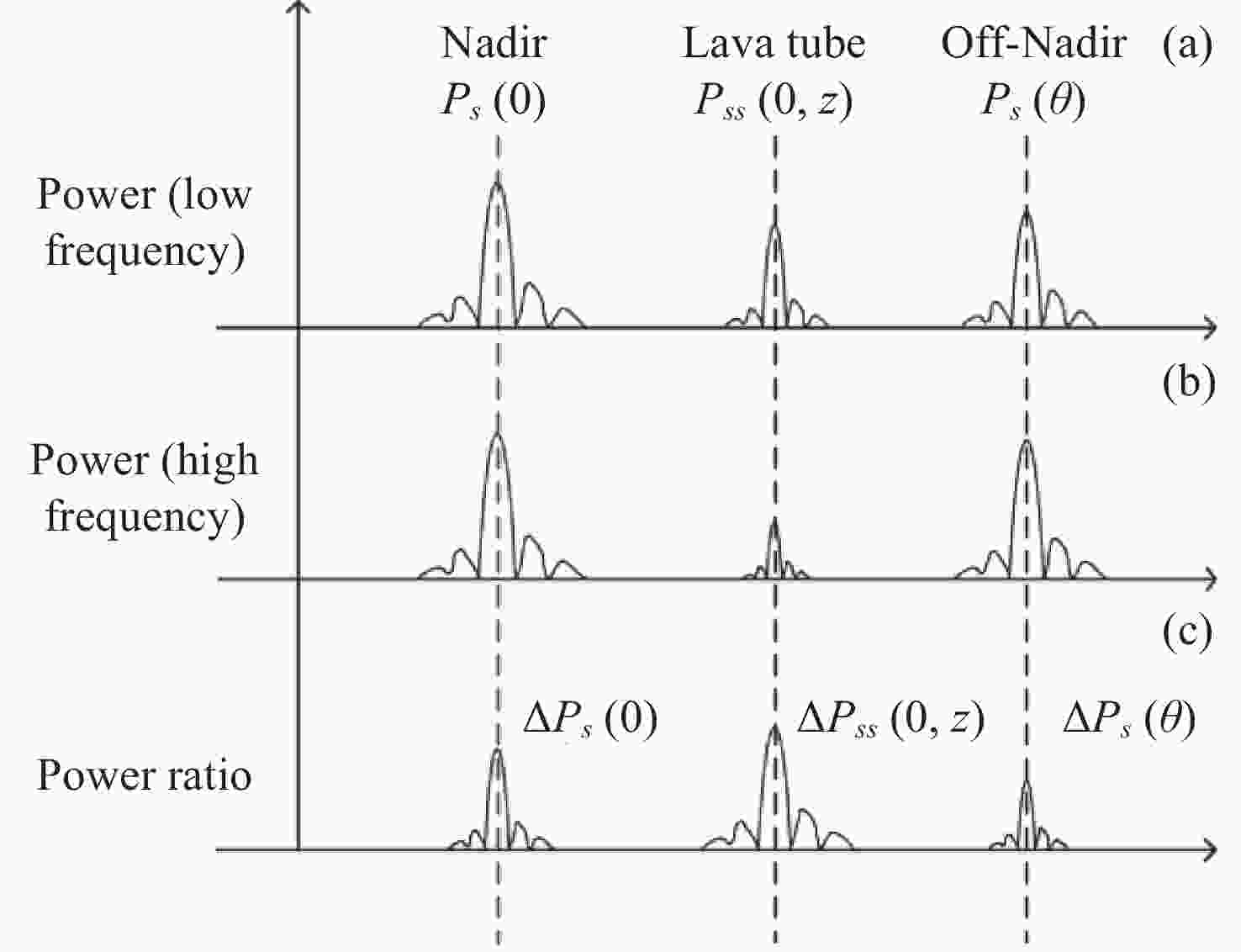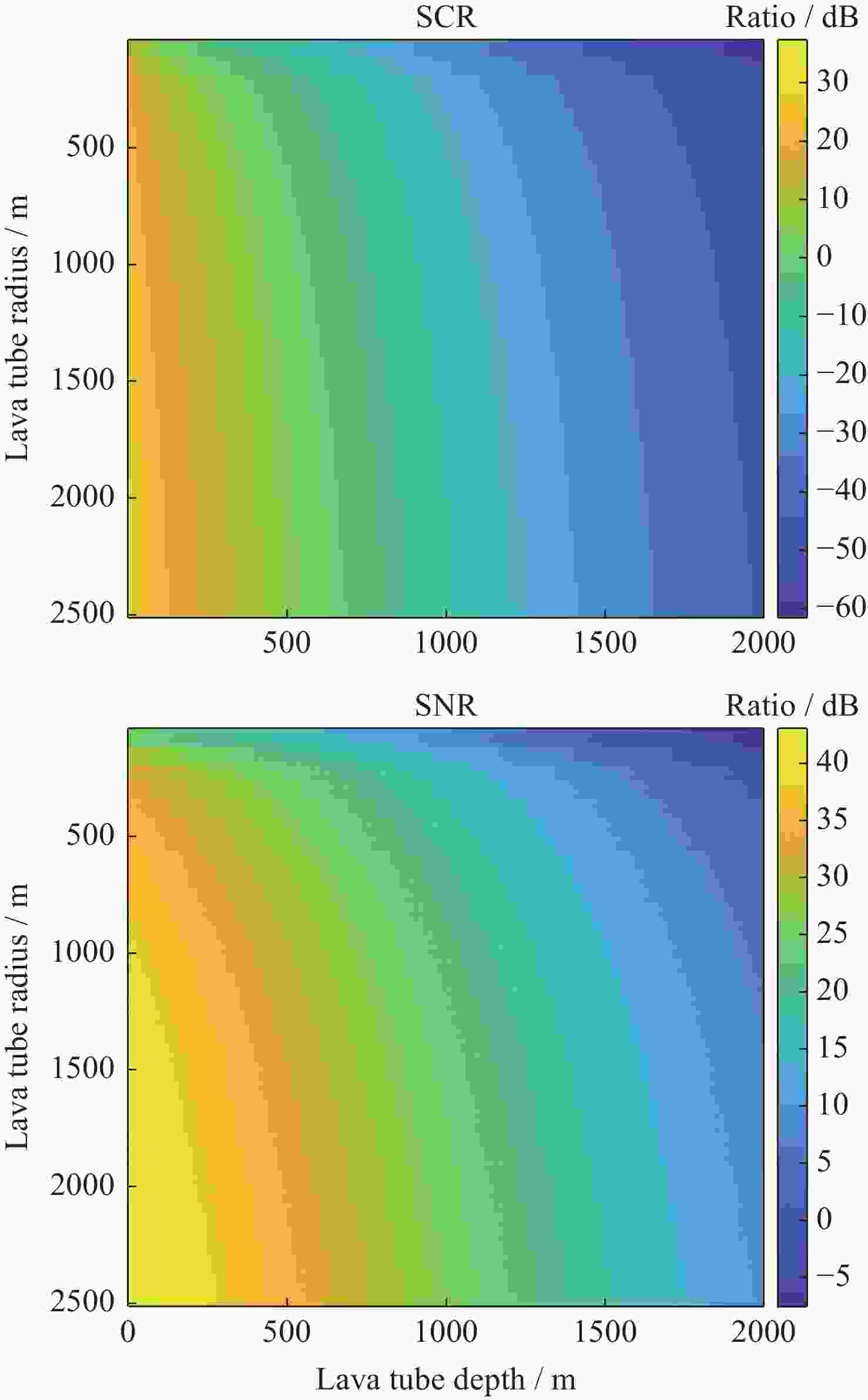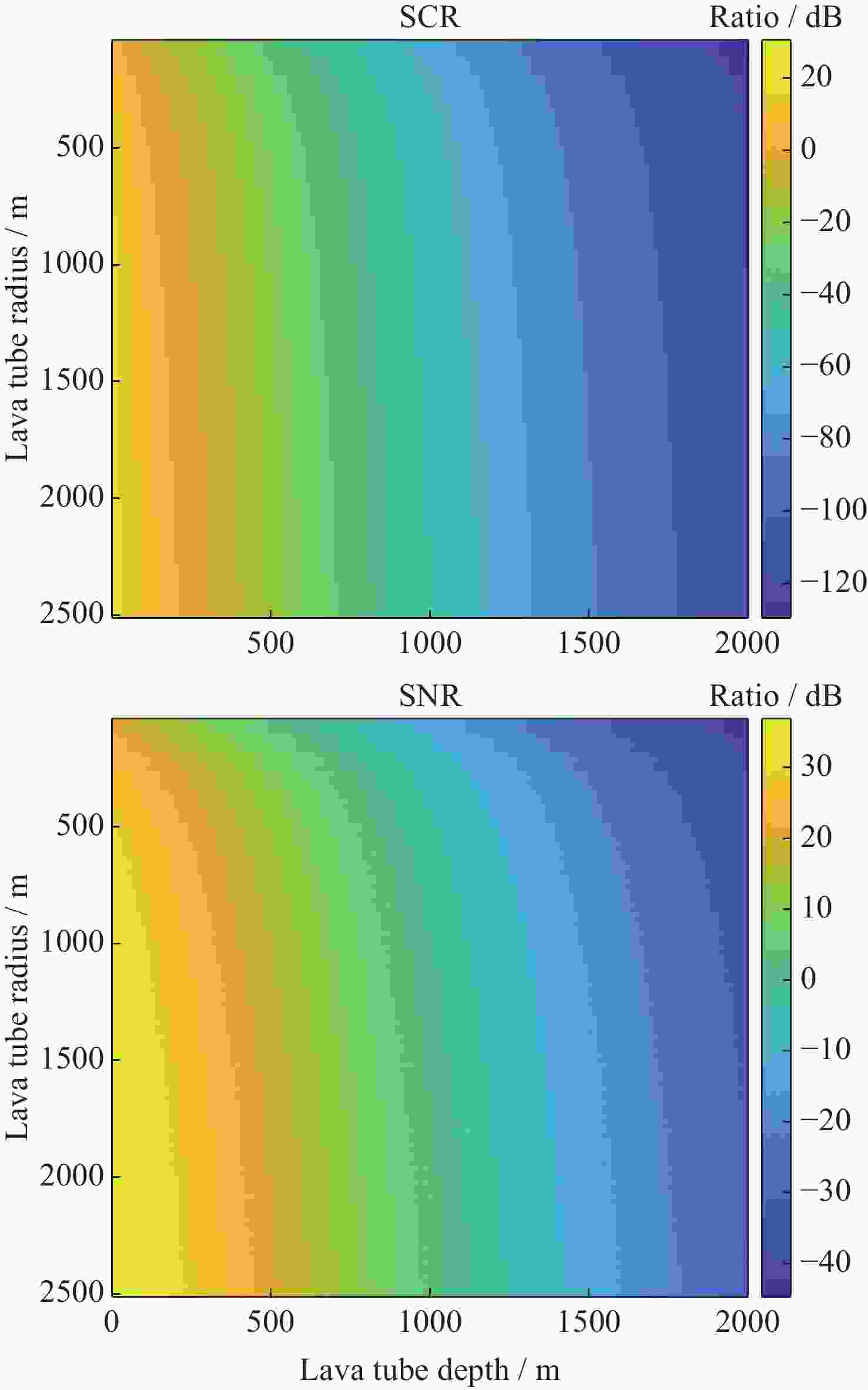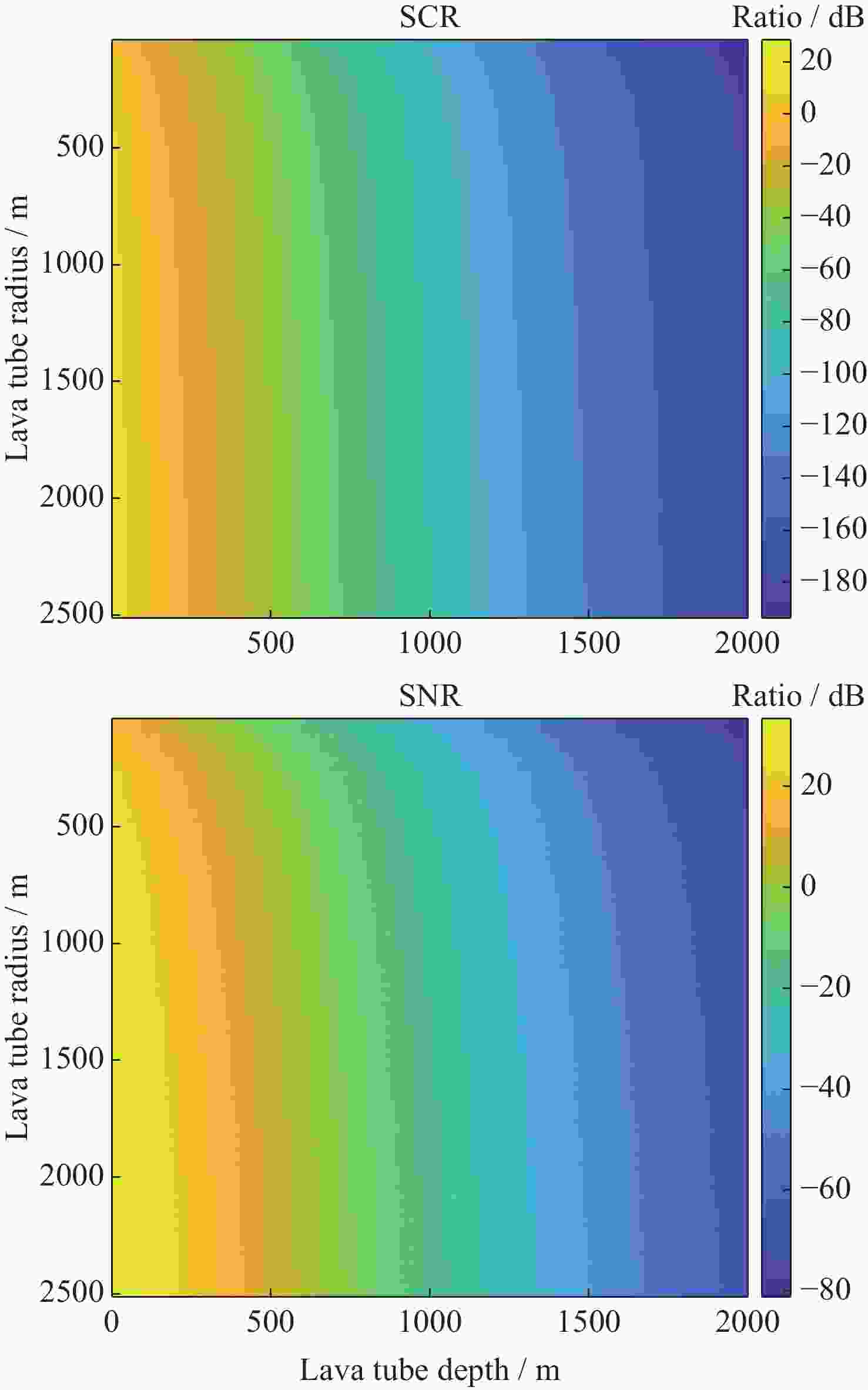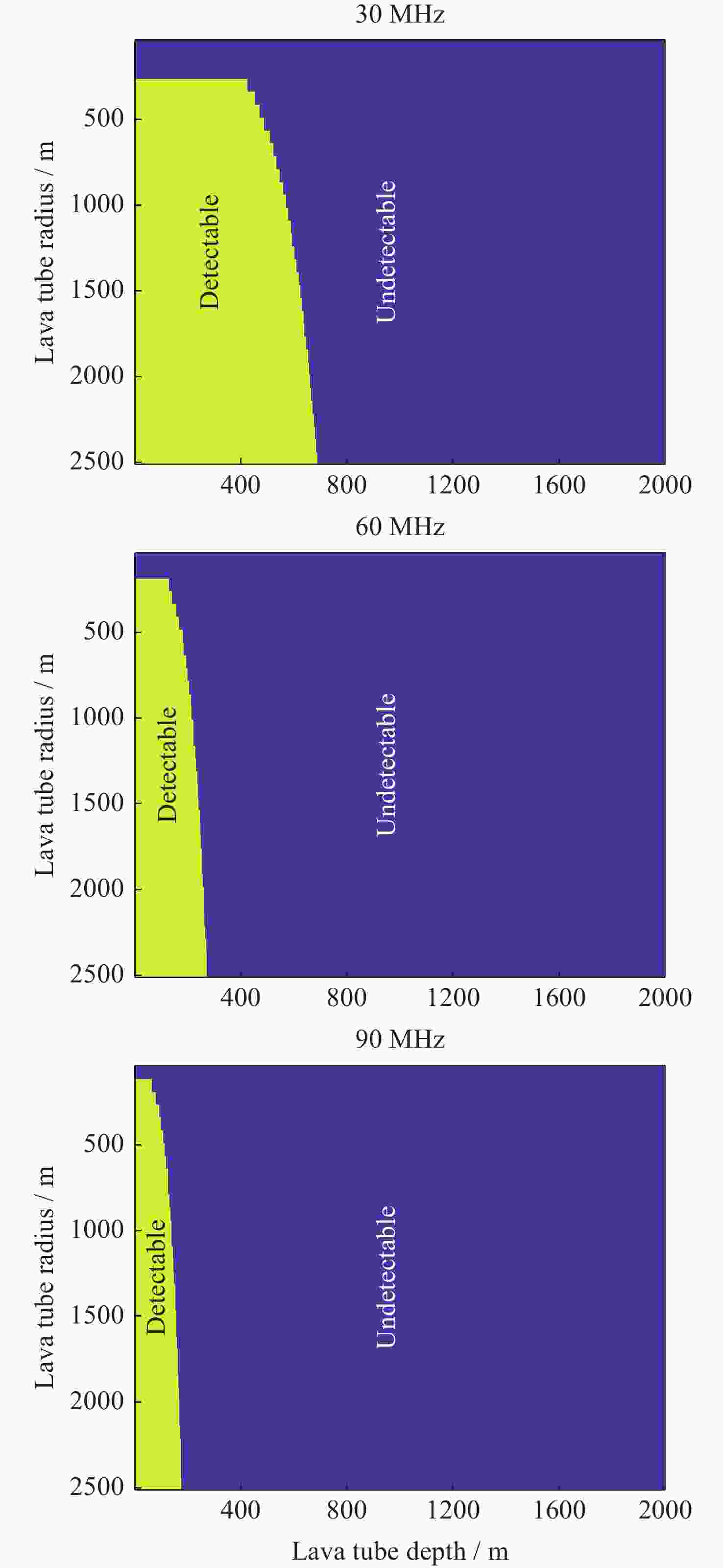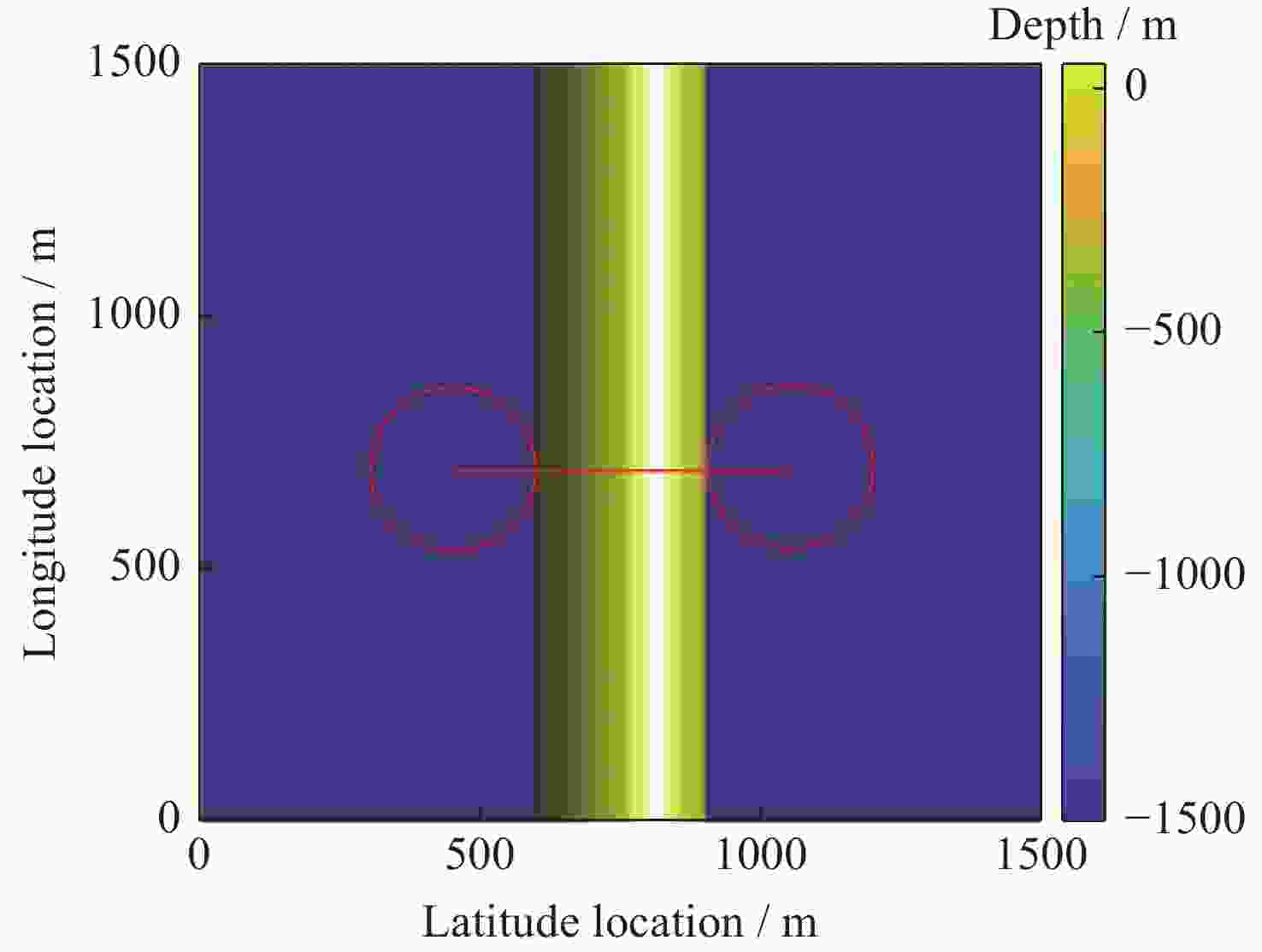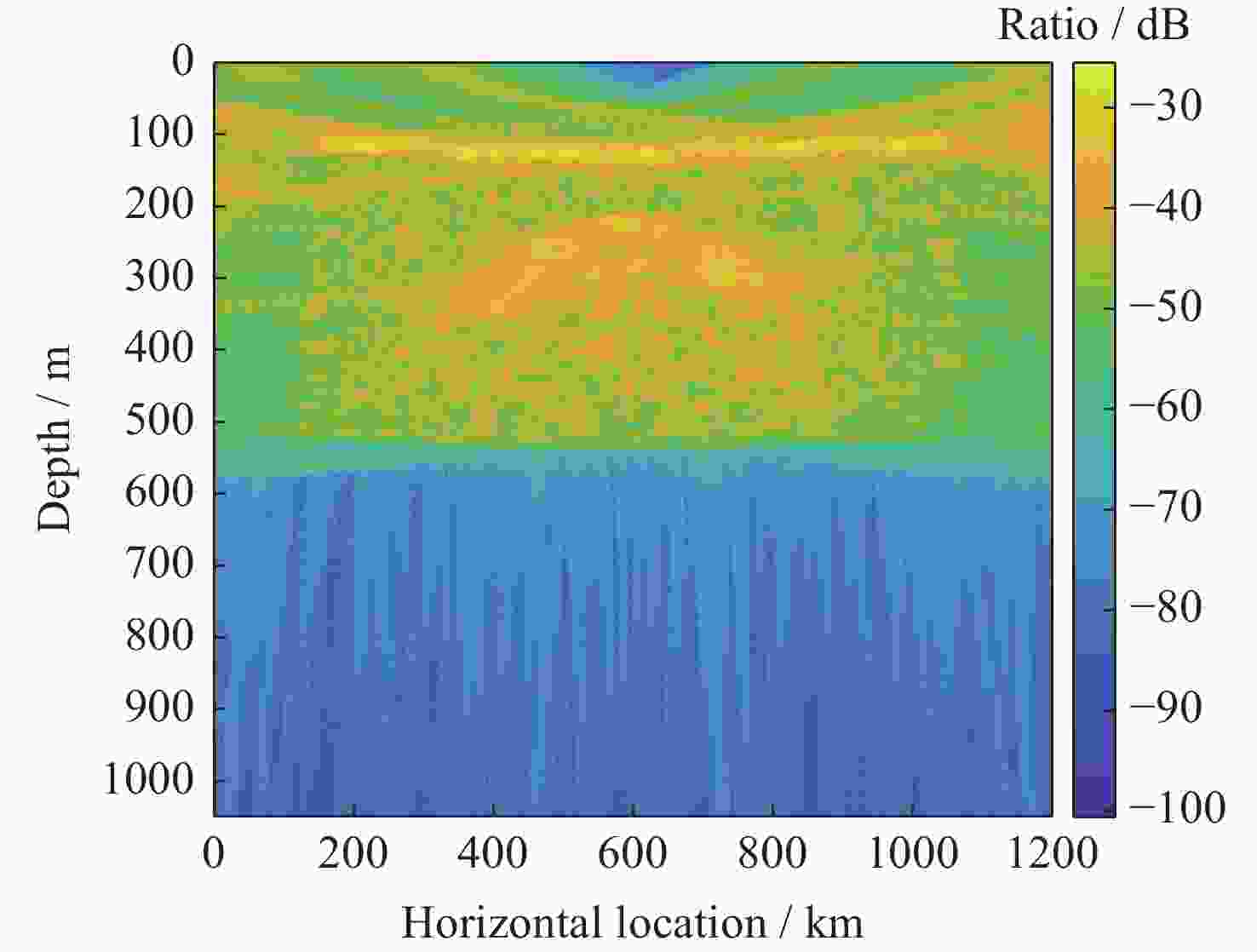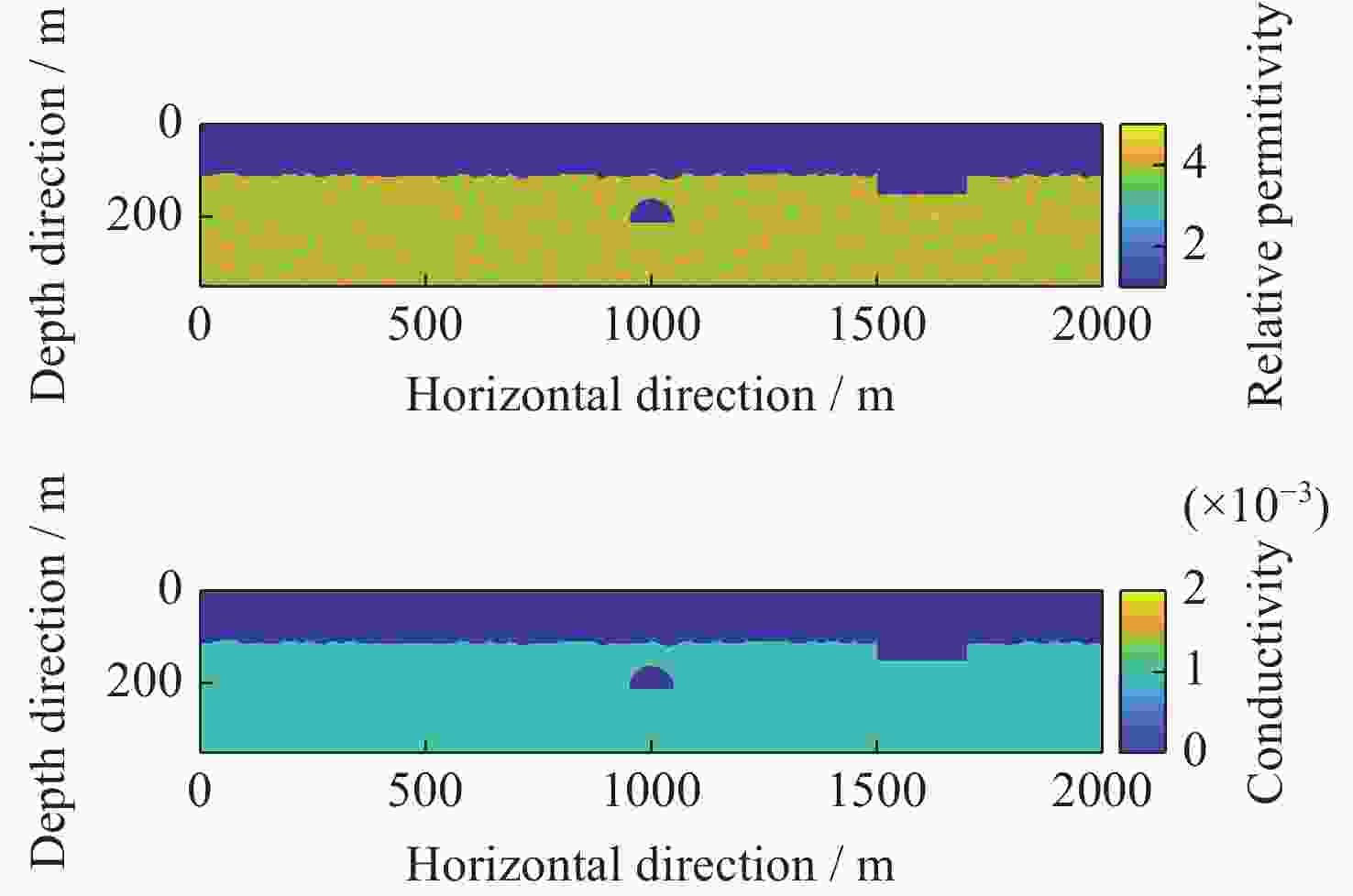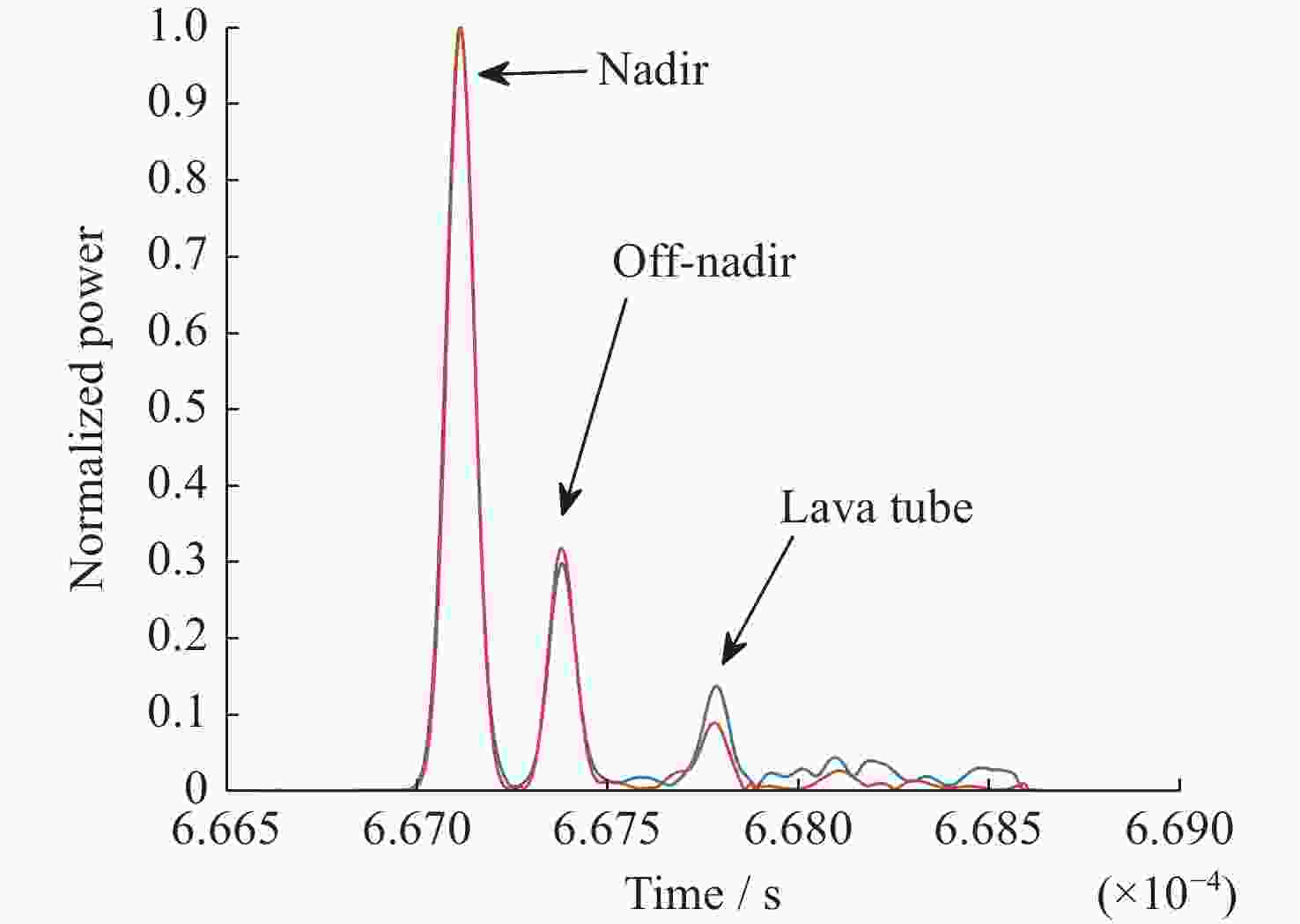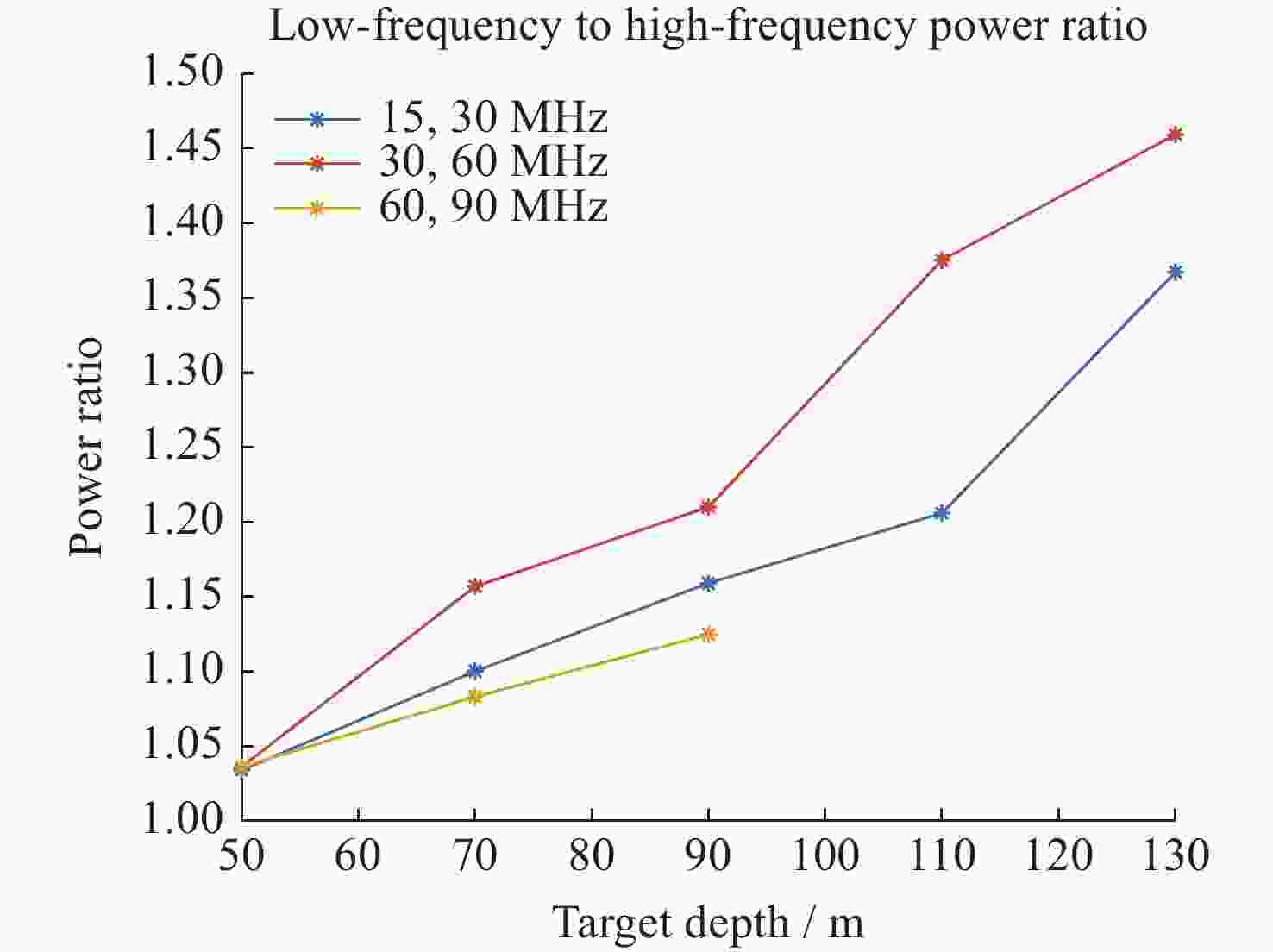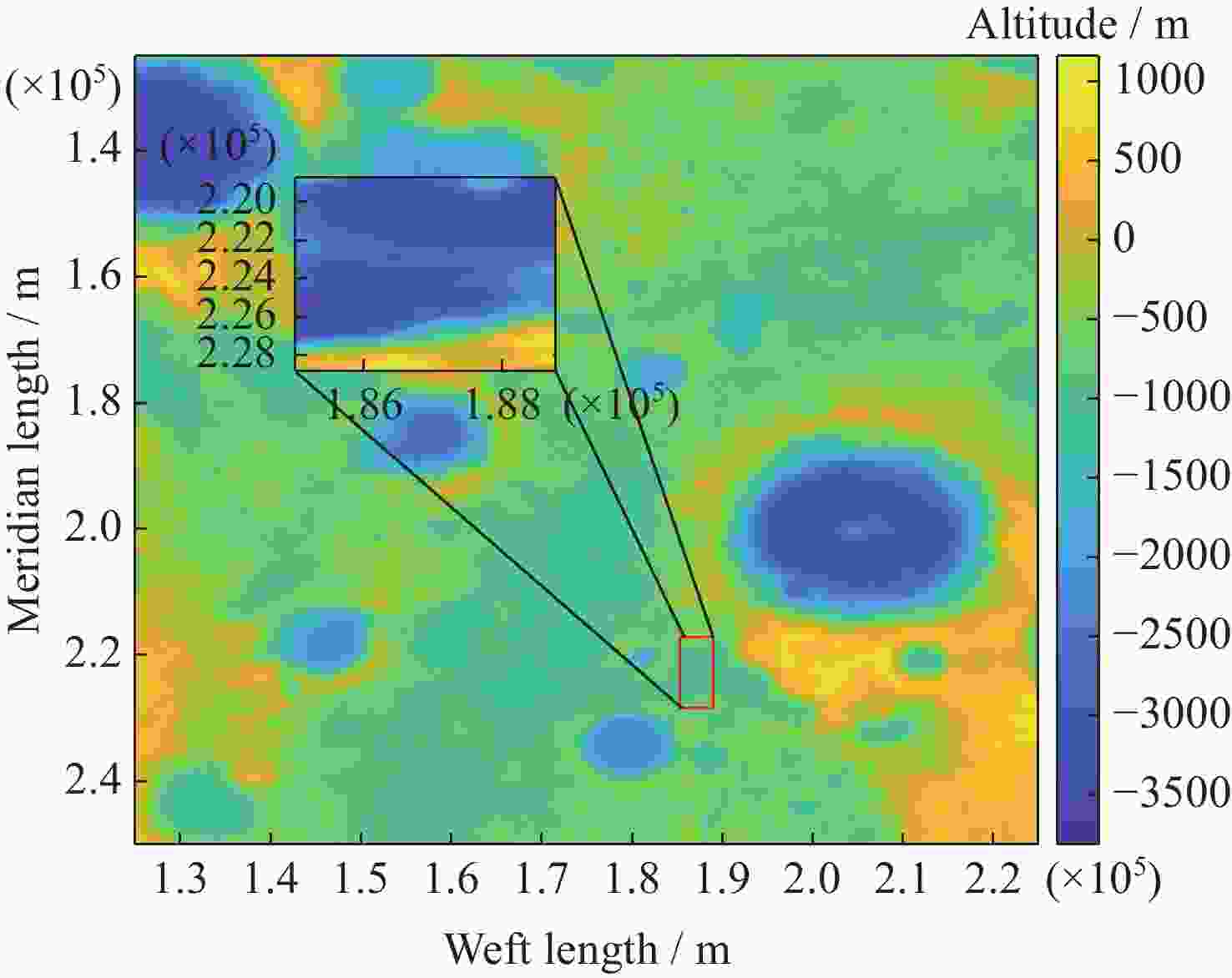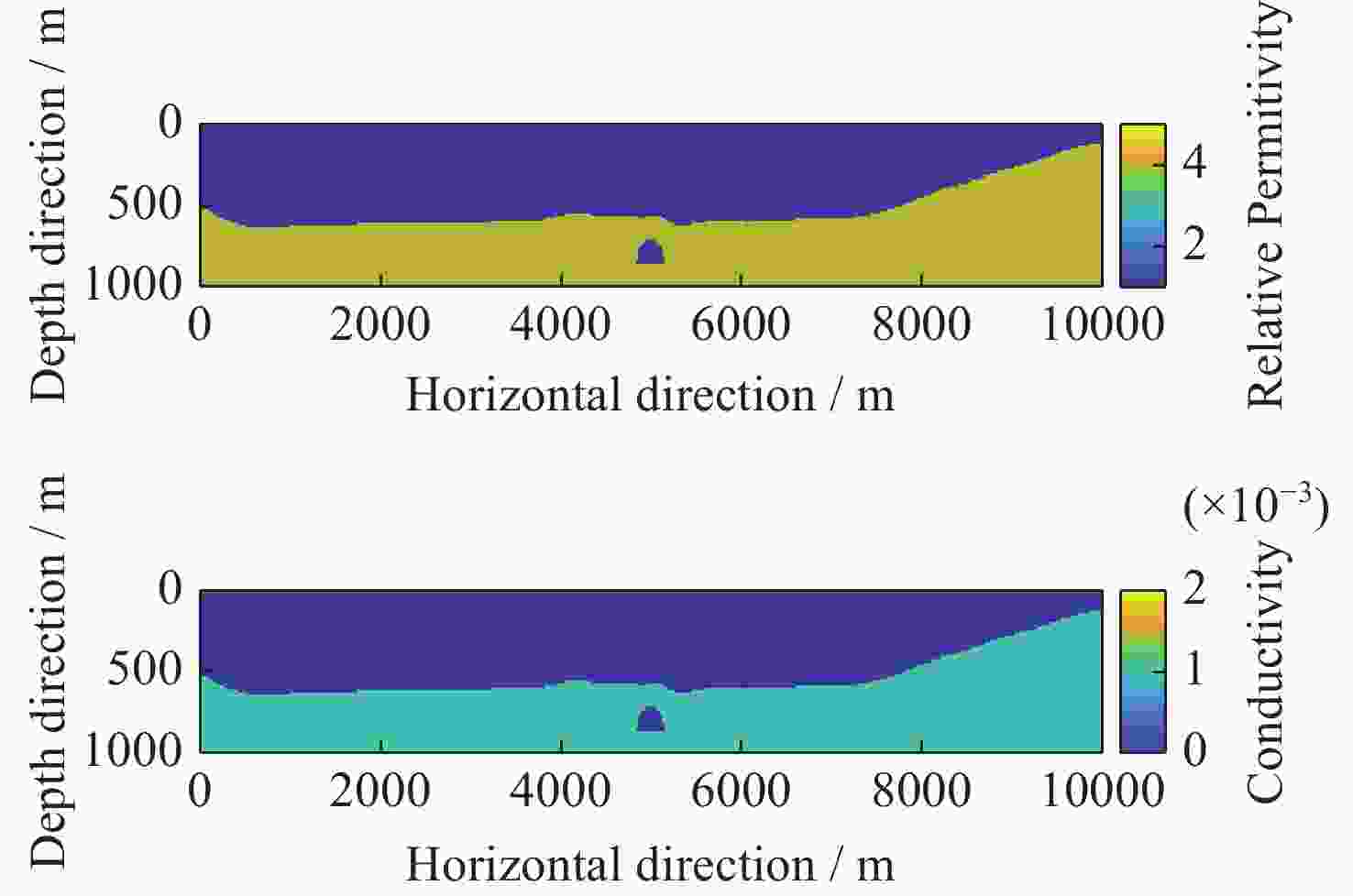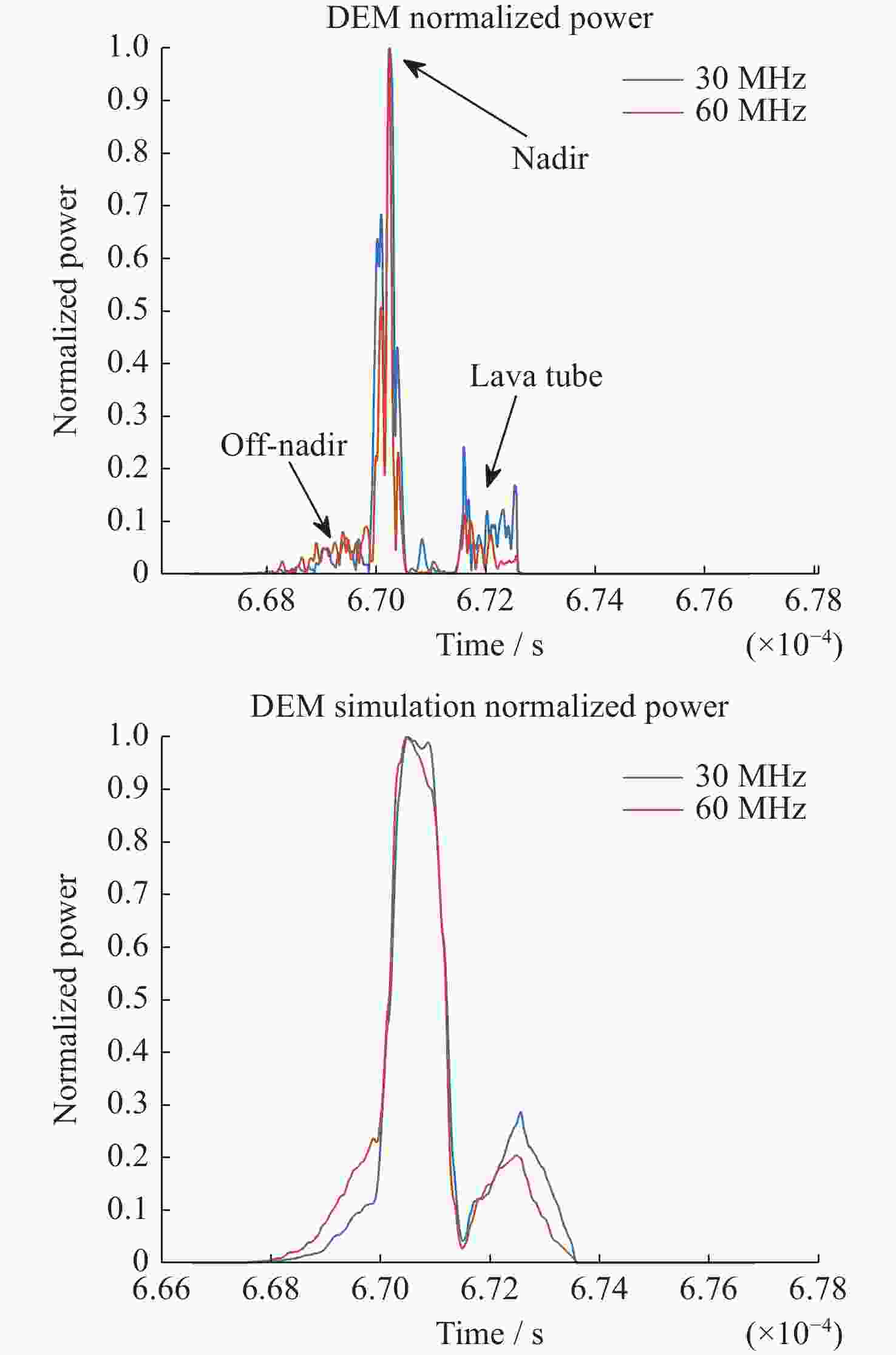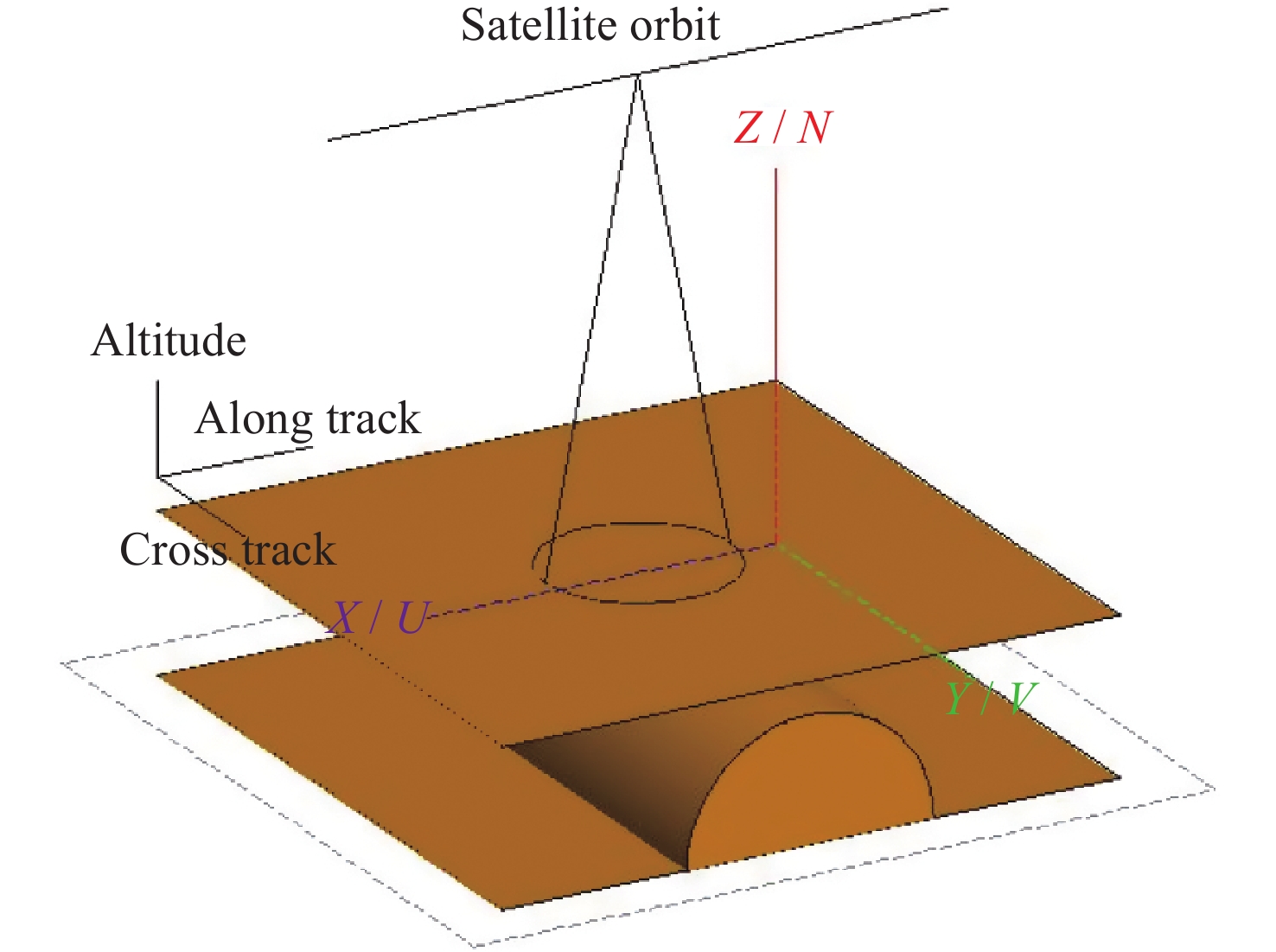Simulation of Surface Clutter Recognition Method in Lunar Lava Tube Exploration
-
摘要: 月球上可能存在大量可用于抗辐射、躲避陨石撞击和月球表面极端温度变化的熔岩管。月球表面杂波识别以及与熔岩管目标回波的区分是月球熔岩管目标探测的重要问题。根据高频电磁波与低频电磁波在月壤中的路径衰减快慢不同,熔岩管道高低频功率比与月表杂波高低频功率比不同的特征,提出了一种利用高低频电磁波功率比进行月表杂波识别的方法。基于分辨率、回波功率、信杂比和信噪比对熔岩管探测雷达进行了参数优化设计,建立了仿真系统,利用伪谱时域方法对不同走向的月球熔岩管回波进行了仿真研究。仿真结果表明了利用回波的高低频功率比区分月表杂波和熔岩管回波的有效性,熔岩管道高低频回波和月表杂波高低频回波功率比与熔岩管埋深度呈正相关,与频率比呈正相关。Abstract: Lunar lava tubes represent a high-value target in lunar exploration, and a crucial challenge in their detection lies in distinguishing between lunar surface clutter and echoes from the lava tubes. This paper introduces a method for determining the source of echoes based on the power ratio of high-frequency and low-frequency electromagnetic waves. Leveraging the differential path attenuation rates of high and low-frequency electromagnetic waves in the lunar regolith, distinct characteristics emerge in the power ratios between lava tube echoes and surface clutter. The paper focuses on radar systems designed for lava tube detection, deriving formulas for key detection metrics such as resolution, echo power, signal-to-noise ratio, and signal-to-clutter ratio. Furthermore, through simulation results, radar system parameters are designed. Lastly, employing a pseudospectral time-domain approach and establishing a simulation system, the paper conducts simulated research on lunar lava tube echoes with different orientations. Simulation results demonstrate that utilizing the power ratio of high and low-frequency echoes is an effective means of distinguishing between lunar surface clutter and lava tube echoes. The power ratio of high and low-frequency echoes from lava tubes and surface clutter exhibits a positive correlation with lava tube depth and frequency ratio. This validates the effectiveness of using power ratios to discriminate between lunar surface clutter and lava tube echoes.
-
表 1 雷达仿真参数
Table 1. Lidar simulation parameters
中心频率/MHz 30, 60, 90 带宽/MHz 20 信号形式 Chirp 峰值功率/W 800 天线增益/dB 1.64 飞行高度/km 100 -
[1] CHAPPAZ L, SOOD R, MELOSH H J, et al. Evidence of large empty lava tubes on the Moon using GRAIL gravity[J]. Geophysical Research Letters, 2017, 44(1): 105-112 doi: 10.1002/2016GL071588 [2] BLAIR D M, CHAPPAZ L, SOOD R, et al. The structural stability of lunar lava tubes[J]. Icarus, 2017, 282: 47-55 doi: 10.1016/j.icarus.2016.10.008 [3] HARUYAMA J, SAWAI S, MIZUNO T, et al. Exploration of lunar holes, possible skylights of underlying lava tubes, by Smart Lander for Investigating Moon (SLIM)[J]. Transactions of the Japan Society for Aeronautical and Space Sciences, Aerospace Technology Japan, 2012, 10(ists28): Pk_7-Pk_10 [4] HARUYAMA J, MOROTA T, KOBAYASHI S, et al. Lunar Holes and Lava Tubes as Resources for Lunar Science and Exploration[M]//BADESCU V. Moon: Prospective Energy and Material Resources. Berlin, Heidelberg: Springer, 2012 [5] GREEN J. The geology of the lunar base[J]. Annals of the New York Academy of Sciences, 1963, 105(9): 491-625 doi: 10.1111/j.1749-6632.1963.tb42992.x [6] DE ANGELIS G, WILSON J W, CLOWDSLEY M S, et al. Lunar lava tube radiation safety analysis[J]. Journal of Radiation Research, 2002, 43(S): S41-S45 doi: 10.1269/jrr.43.S41 [7] ECKART P. The Lunar Base Handbook: an Introduction to Lunar Base Design, Development, and Operations[M]. 2 nd ed. Boston: McGraw-Hill, 2006 [8] KAKU T, HARUYAMA J, MIYAKE W, et al. Detection of intact lava tubes at marius hills on the moon by SELENE (Kaguya) Lunar Radar sounder[J]. Geophysical Research Letters, 2017, 44(20): 10155-10161 [9] KOBAYASHI T, KIM J H, LEE S R, et al. Nadir detection of lunar lava tube by Kaguya Lunar Radar Sounder[J]. IEEE Transactions on Geoscience and Remote Sensing, 2021, 59(9): 7395-7418 doi: 10.1109/TGRS.2020.3033033 [10] SOOD R, MELOSH J, HOWELL K. Lunar advanced Radar orbiter for subsurface sounding (LAROSS): Lava Tube Exploration mission[C]//Proceedings of the 26 th AAS/AIAA Space Flight Mechanics Meeting. Napa: Reserch Gate, 2016 [11] CARRER L, BRUZZONE L. Solving for ambiguities in Radar geophysical exploration of planetary bodies by mimicking bats echolocation[J]. Nature Communications, 2017, 8: 2248 doi: 10.1038/s41467-017-02334-1 [12] HÖRZ F. Lava tubes: potential shelters for habitats[M]//MENDELL W W. Lunar Bases and Space Activities of the 21st Century. Houston: Lunar and Planetary Institute, 1985 [13] FRISILLO A L, OLHOEFT G R, STRANGWAY D W. Effects of vertical stress, temperature and density on the dielectric properties of lunar samples 72441, 12, 15301, 38 and a terrestrial basalt[J]. Earth and Planetary Science Letters, 1975, 24(3): 345-356 doi: 10.1016/0012-821X(75)90140-5 [14] WAGNER N, EMMERICH K, BONITZ F, et al. Experimental investigations on the frequency- and temperature-dependent dielectric material properties of soil[J]. IEEE Transactions on Geoscience and Remote Sensing, 2011, 49(7): 2518-2530 doi: 10.1109/TGRS.2011.2108303 [15] OLHOEFT G R, STRANGWAY D W. Dielectric properties of the first 100 meters of the Moon[J]. Earth and Planetary Science Letters, 1975, 24(3): 394-404 doi: 10.1016/0012-821X(75)90146-6 [16] HEIKEN G H, VANIMAN D T, FRENCH B N. Lunar Sourcebook[M]. Cambridge: Cambridge University Press, 1991 [17] 贺林峰. 月表微波辐射与散射计算及次表层结构探测[D]. 武汉: 华中科技大学, 2012HE Linfeng. Computation of Microwave Radiation and Scattering from Lunar Surface and Subsurface Layer Detection[D]. Wuhan: Huazhong University of Science and Technology, 2012 [18] HELFENSTEIN P, SHEPARD M K. Submillimeter-scale topography of the Lunar regolith[J]. Icarus, 1999, 141(1): 107-131 doi: 10.1006/icar.1999.6160 [19] ROSENBURG M A, AHARONSON O, HEAD J W, et al. Global surface slopes and roughness of the moon from the Lunar Orbiter Laser Altimeter[J]. Journal of Geophysical Research Planets, 2011, 116(E2): E02001 [20] RENAU J, COLLINSON J A. Measurements of electromagnetic back-scattering from known, rough surfaces[J]. The Bell System Technical Journal, 1965, 44(10): 2203-2226 doi: 10.1002/j.1538-7305.1965.tb04144.x [21] TSANG L, KONG J A, DING K H, et al. Scattering and Emission by a Periodic Rough Surface[M]//TSANG L, KONG J A, DING K H, et al. Scattering of Electromagnetic Waves: Numerical Simulations. New York: John Wiley & Sons, 2001 [22] 任新成, 郭立新, 刘生春. 基于微扰法的高斯粗糙面电磁散射研究[J]. 延安大学学报(自然科学版), 2006, 25(1): 26-30REN Xincheng, GUO Lixin, LIU Shengchun. Study on electromagnetic scattering from gaussian rough surface by applying the small perturbation method[J]. Journal of Yanan University (Natural Science Edition), 2006, 25(1): 26-30 [23] KRAUS J D. Radio Astronomy[M]. New York: McGraw-Hill, 1966 [24] CARRER L, GEREKOS C, BRUZZONE L. A multi-frequency radar sounder for lava tubes detection on the moon: design, performance assessment and simulations[J]. Planetary and Space Science, 2018, 152: 1-17 doi: 10.1016/j.pss.2018.01.011 [25] LEI Y, HAYNES M S, ARUMUGAM D, et al. A 2-D Pseudospectral Time-Domain (PSTD) simulator for large-scale electromagnetic scattering and Radar sounding applications[J]. IEEE Transactions on Geoscience and Remote Sensing, 2020, 58(6): 4076-4098 doi: 10.1109/TGRS.2019.2960751 -
-





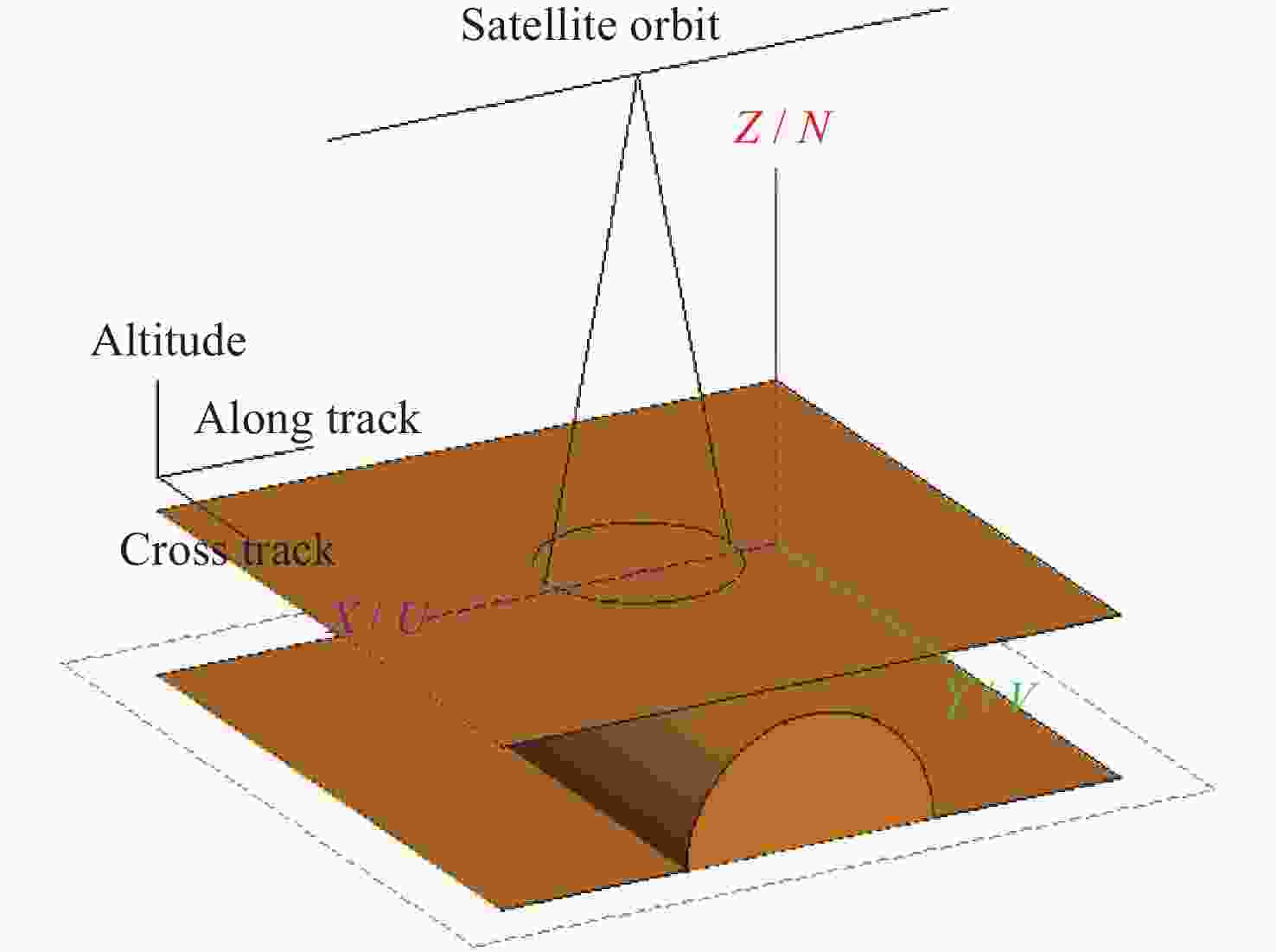
 下载:
下载:
